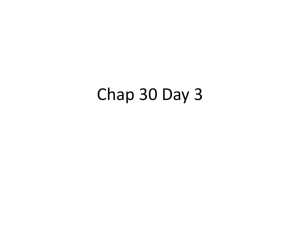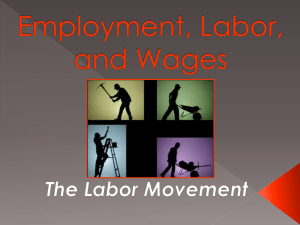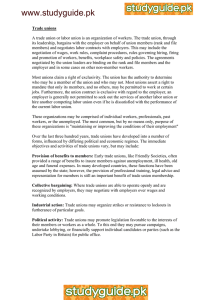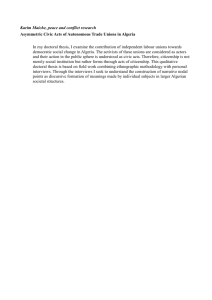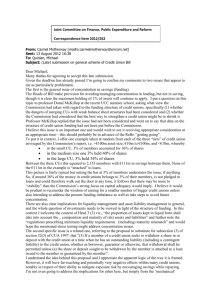Labor Unions and Reform Laws
advertisement
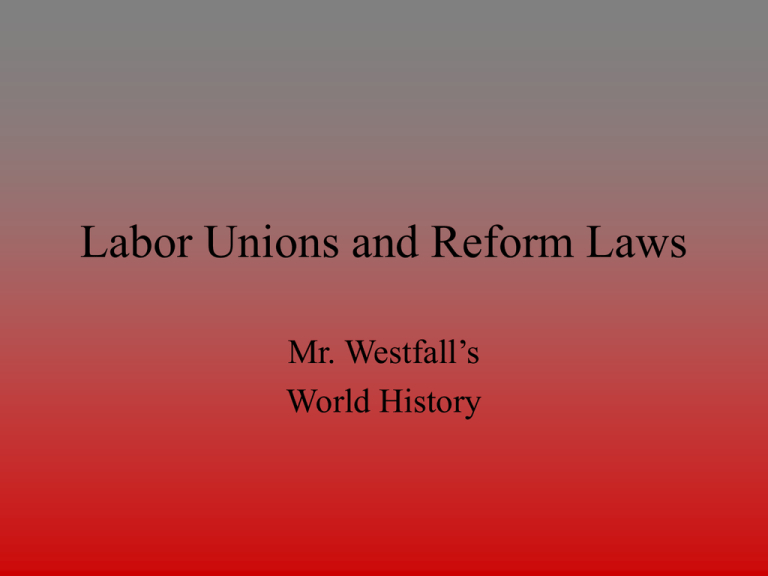
Labor Unions and Reform Laws Mr. Westfall’s World History Background • • • • • Factory workers were faced with… Long hours Dangerous working conditions And the threat of being laid off …so as people became more active in politics workers would join together in voluntary associations called… Role of the Union • Collective Bargaining – negotiations between workers and employers – Worked for working conditions, higher pay… • If demands were not met the unionized members would… • Skilled workers led the way in forming unions, they could use their talent as a means of negotiation Struggle of Unions (GB) • Combinations Acts of 1799 and 1800 – outlawed unions and strikes • Parliament would repeal the Combination Acts in 1824 • By 1875 Unions would be in full swing and had won the right to strike and peacefully picket In the US • Unions formed in the early 1800’s • 1886 the American Federation of Labor was formed out of several different labor unions • The AFL members would win higher wages and shorter hours Other Reform Laws • Factory Act of 1833 – Illegal to hire children under the age of nine • Mines Act of 1842 – prevented women and children to work underground • Ten Hours Act of 1847 – do I really need to explain this? Karl Marx • Wrote his ideas in the Communist Manifesto – Society is split into warring classes – Between middle class employers (bourgeoisie) and the lower class workers (proletariat) His Philosophy • Capitalist system would destroy itself – Factories would drive small artisans out of business – The proletariat would revolt against the minority that held the wealth – Workers sharing the profit would give economic equality to all – Workers would control the gov’t through a “dictatorship of the proletariat” – After a period of cooperative living gov’t would wither away


